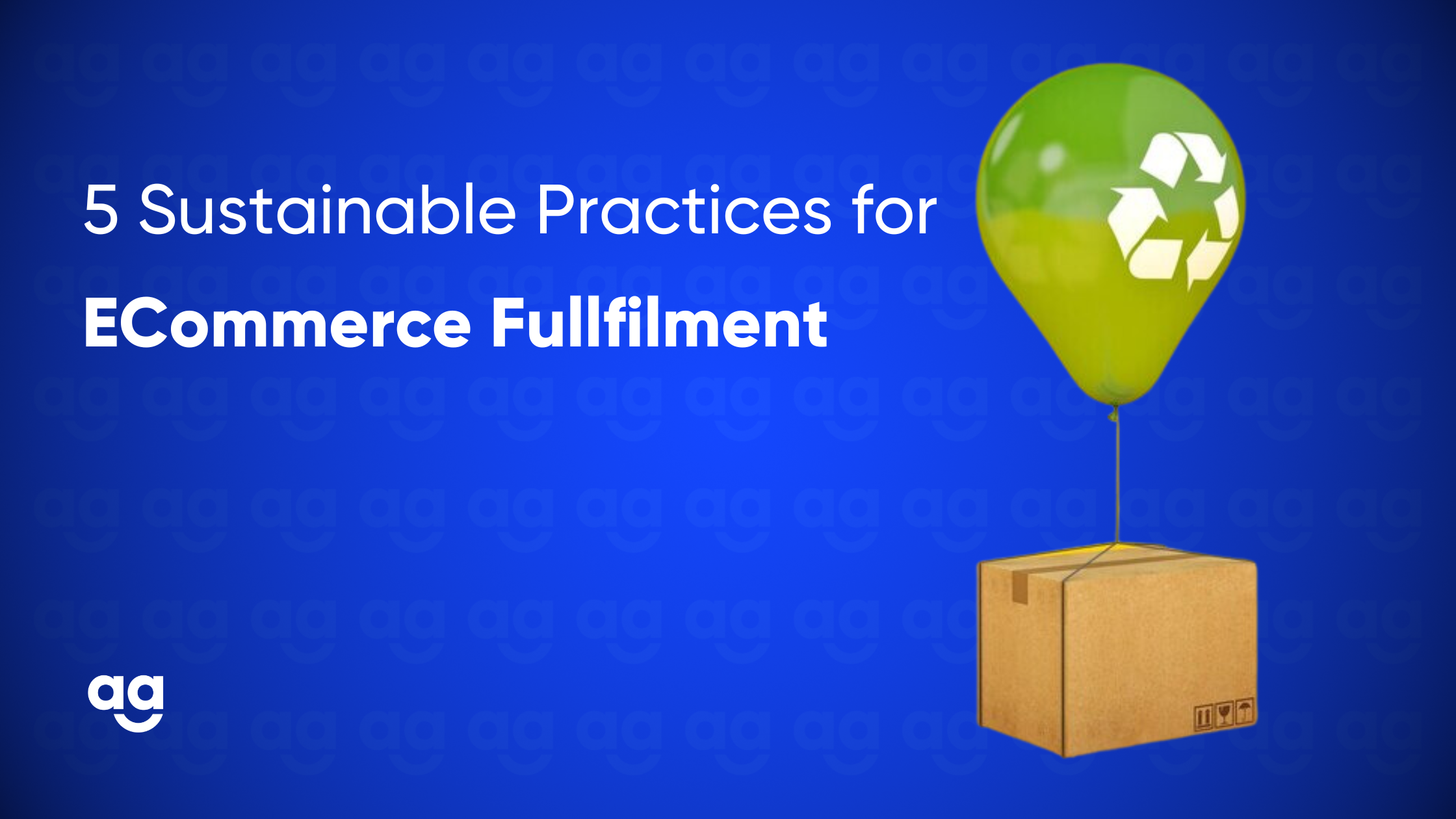Introduction
In the rapidly growing world of e-commerce, making a positive impact on the planet is more important than ever before.
Since order fulfillment by e-commerce delivery partners is an extensive process that generates waste, consumes resources, and emits greenhouse gasses, it becomes important for brands to ensure that the process is sustainable for both the planet and their business.
In this post, we will explore some of the ways you can ensure a sustainable order fulfillment process for your e-commerce business.
5 Best Practices to Ensure Eco-friendly E-commerce Fulfillment
Below are the top five practices you can follow to guarantee a more sustainable fulfillment process:
1. Use Eco-Friendly Packaging Materials
Data suggests that only 9% of all plastic ever made is recycled. This means the rest goes on to impact our environment by ending up in seas, oceans, forests, and even the food chain.
One of the easiest ways to reverse this and improve the impact on the environment while e-commerce order fulfillment is to use eco-friendly packaging.
For instance, instead of plastic, e-commerce delivery partners can consider using other sustainable paper-based alternatives such as paper tape, corrugated cardboard, and paper void fill. Apart from being recyclable, these materials are also made from recycled content, thus decreasing the dependency on new resources.
2. Promote Green Shipping Options
Another excellent practice to make your e-commerce fulfillment process more sustainable and environmentally friendly is to choose green shipping options that help you reduce the carbon footprint of your orders or deliveries.
The shipping options in e-commerce orders primarily include the mode of transportation, the speed of delivery, the total distance traveled, and the overall consolidation of orders.
The best way to go greener with shipping is to use low-emission vehicles such as electric or hybrid cars, bikes, or drones.
Here are some other shipping practices you can follow:
- Offer standard or slower delivery options, rather than same-day or express delivery, to reduce fuel consumption and emissions.
- Go with local or regional shipping options rather than international shipping to shorten the distance and time of delivery.
- Consolidate your orders into a lesser number of shipments to save on resources, time, and costs.
3. Maximize the Use of Renewable Materials In Packaging
When it comes to sustainable packaging for eco-friendly e-commerce fulfillment, renewable materials such as cardboard and paper can be excellent alternatives. Apart from being easy to source and versatile, these materials also offer various recycling and reuse options as well.
To take it one level further, you can also make your packaging design even more sustainable by choosing recycled paper or using FSC (Forest Stewardship Council) certified suppliers, as the same is sourced in the most environmentally sustainable way possible.
4. Get Your Customers And Partners Involved In Sustainability Initiatives
Engaging your customers and partners, such as carriers, suppliers, and third-party logistics providers, in your order fulfillment process is another way to embrace sustainable practices.
Getting your customers and e-commerce delivery partners involved in brands’ greener initiatives not only helps you build trust and loyalty but also informs and educates them to adopt sustainable practices in the long run.
Some of the things you can do to engage with your customers and partners are-
- Share with them your performance and achievements
- Communicate your sustainability values and policies
- Offer incentives and rewards
- Participate in various initiatives and events
- Solicit feedback and suggestions
5. Opt For Energy-Efficient Warehousing Solutions
The phenomenal rise of e-commerce in the last few years has significantly increased the demand for warehousing space. However, warehousing contributes to a lot of carbon emissions and energy consumption, thus impacting the environment negatively.
One of the best ways to tackle this challenge is by implementing energy-saving technologies such as smart HVAC systems, LED lighting, and solar panels, which help to reduce carbon emissions to a great extent.
This allows brands not just to improve their environmental impact but also save a great deal on energy costs over time, along with increasing the facility’s overall productivity.
Wrapping Up
Embracing greener and sustainable practices for product fulfillment (as shared above) not only helps companies reduce their environmental impact but also improves their overall brand image.
Implement these strategies effectively and communicate your sustainability efforts transparently to your customers to contribute significantly to a more sustainable future while strengthening your brand.
If you are on the lookout for a reliable logistics partner to continue your sustainability journey, head over to Shipyaari. We offer fully integrated and technology-backed logistics to help you further your sustainability mission.
Reach out today to learn more!







 Shipping
Shipping







